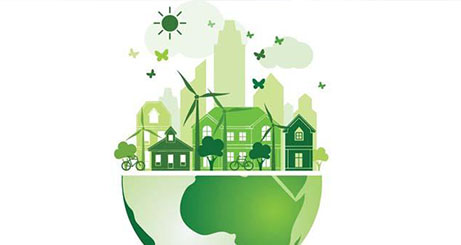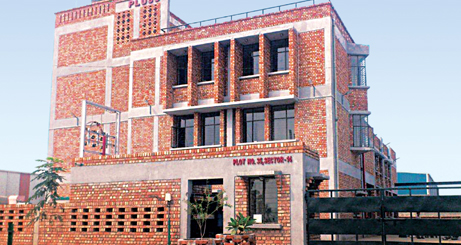An updated version of India’s Energy Conservation Building Code (first published in 2007) was launched in June 2017. The version comes with major structural changes that give impetus to an integrated design approach and futuristic technological advancements to further reduce building energy use. This will propel India on the low-carbon growth path manifest in India’s Intended Nationally Determined Contribution to UNFCCC.
The code has been created to be a dynamic document. It provides three levels of compliance: ECBC, ECBC+, and SuperECBC. The compliance requirements become successively stringent. At present, the compliance requirement with the code has been kept at ECBC level; as the built environment becomes more energy efficient, the mandatory code compliance level can be updated to ECBC+ or SuperECBC.
Comfort Systems and Control:
HVAC systems are dealt with in ECBC 2017 Section 5: Comfort Systems and Controls. All heating, ventilation, and air conditioning equipment and systems and their controls have to comply with the mandatory requirements. In addition to meeting mandatory requirements, projects may use either simulation pathway or meeting all prescriptive options to comply with the code.
The major highlights of the section are as follows:
1. It mandates the provision of minimum levels of outdoor air in accordance with provisions in the National Building Code of India, 2016.
2. It mandates space conditioning equipment efficiencies that take into account part load efficiency for chillers as well DX systems.
3. Provides a country-specific baseline HVAC option for projects going for simulation pathway for compliance with the code.
4. Provides incentives for buildings to use low energy HVAC systems in conjunction with or without refrigeration based systems, such systems shall be considered compliant with minimum equipment efficiency requirements.
5. The code provides an assistive note to help buildings control the HVAC system based on indoor operative temperature to achieve higher levels of energy efficiency with requisite thermal comfort.
The code requires a slew of mandatory control measures for diverse types of buildings. This ensures that savings potential typical to particular type of building is tapped into. These include timeclock controls, temperature control, and occupancy controls. The mandatory requirements are used to push incorporation of state of the art control technologies. For example, the code makes use of Centralised Demand Shed Controls mandatory for buildings greater than 20,000 m2 for compliance with ECBC+ level in the code.



Leave a Reply
Your email address will not be published. Required fields are marked *